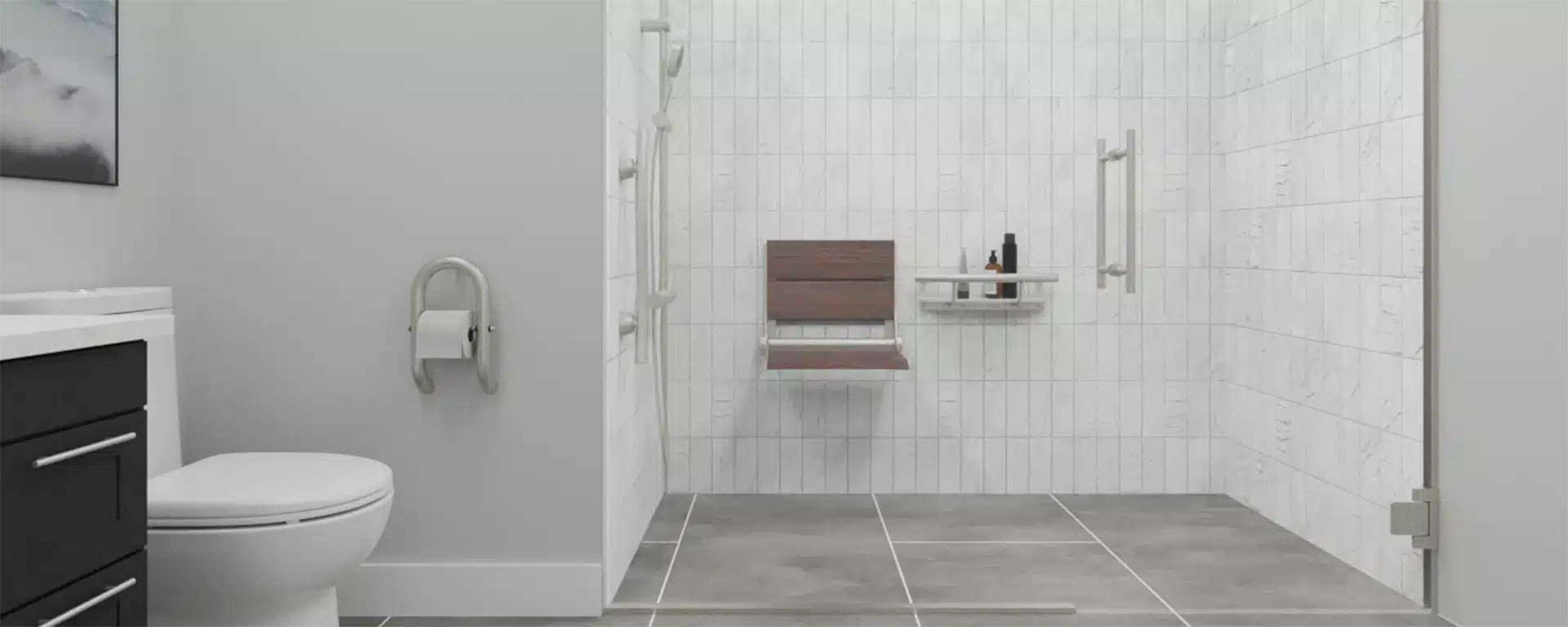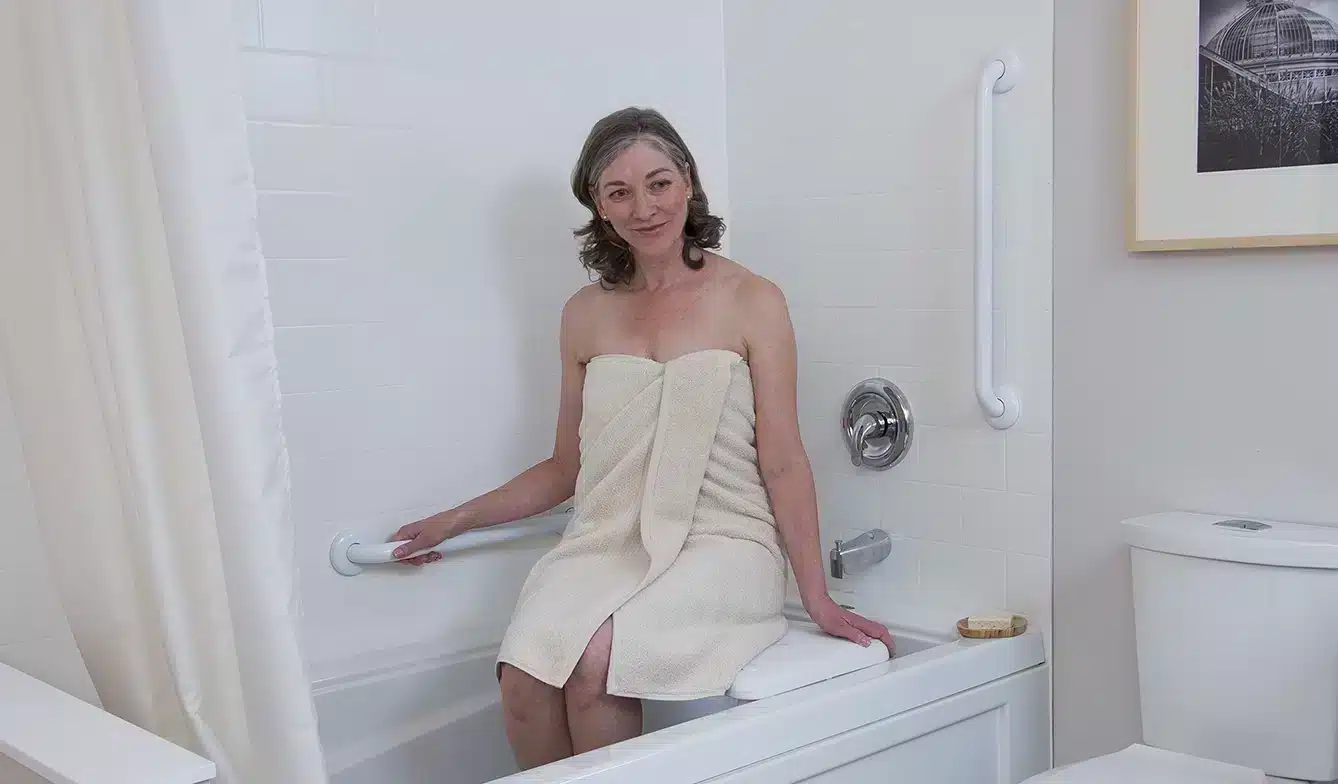Ensuring Home Safety for Your Older Loved Ones
As we age, safety becomes increasingly important, especially when it comes to our homes. But what do you do when a loved one doesn’t share this sentiment or is resistant to making changes? It can be frustrating and worrying.
We get this question frequently from concerned family members: What can we do to encourage our loved ones to prioritize safety in their homes? We’ll share some strategies that can help older adults feel more comfortable with the idea of home safety.
Let them feel supported.
If you want to get your loved ones on board with safety measures, offering your help and support is a great place to start. Many older adults may feel overwhelmed or unsure about where to start when it comes to safety measures. By offering your assistance, you can provide much-needed support and guidance.
- You can assist your loved ones in identifying potential safety hazards around their home and brainstorming solutions, such as rearranging furniture or decluttering.
- You can offer to help them research, look for reliable suppliers such as accessibility experts, designers, and contractors, and assist with the physical tasks of installing safety features such as grab bars or handrails, decluttering, or rearranging furniture to make their living space safer and barrier-free.
- Get the help of other family members, friends, or neighbours who live closer to your loved ones. They can provide physical assistance with installing safety features or making changes around the home and provide companionship and support.
Remember, safety is a team effort. By working together and seeking help from others when needed, you can help your loved ones get on board your mission of creating a safer and more comfortable living environment.
Provide them with information and resources.
When it comes to safety, providing your loved ones with the right resources can make all the difference. And the best thing is that most of these resources are free. Look for home safety checklists, informative articles, and testimonials + stories from actual users of products shared online, to give your loved ones a glimpse into how certain safety products have made a real difference in the lives of others.
Videos can help them see the products in action, so they get a better understanding of how they work and what to expect. Encourage your loved ones to follow trustworthy influencers or companies, and they can help motivate them to take safety more seriously.
Be patient and empathetic.
It’s important to remember that your loved ones may have valid reasons for being resistant to safety measures. They may feel like their independence is being threatened, or they may be afraid of the cost or inconvenience of making changes.
It may take some time for them to come around to the idea of making changes, and they may need some gentle encouragement along the way. Try to have open and honest conversations about their concerns and fears, and work together to find solutions that work for everyone.
Another way to ease their worries is to take them through the process. What is to be expected once they decide to have safety features installed or their home renovated for safety? Assure them that these changes are not scary and will make things more comfortable and convenient for them.
Seek the help of experts.
Occupational therapists can assess your loved one’s physical and cognitive abilities and provide recommendations for modifications to their living space. They can also suggest assistive devices and equipment that can make daily tasks easier and safer.
You can also seek the help of a Certified Aging-in-Place Specialist (CAPS). These professionals have received specialized training in designing and building homes that are safe, comfortable, and accessible for older individuals. They can provide guidance on making modifications to your loved one’s home that will allow them to age in place, including installing grab bars, ramps, and stairlifts, and widening doorways to accommodate walkers and wheelchairs.
Working with the right experts can help ensure that your loved one’s home is safer and more functional so they can age in place comfortably.
Involve them in the decision-making process.
By allowing your older loved ones to have a say in what safety measures they would like to implement, you can make them feel empowered and more in control. Encourage them to take an active role in the process and ask them what safety measures they would like to see in their home. Don’t assume that they will not be able to understand what is happening and how things work. This is their home and it’s important that they feel comfortable with all changes that will be implemented.
Make sure to explain the purpose and benefits of different safety measures and devices, so that your loved ones have a better understanding of why they are necessary. Encourage them to take an active role in the process by asking questions, sharing their concerns, and expressing their preferences. After all, this is their home and it’s important that they feel comfortable and safe in it.
Remember, involving your loved ones in the decision-making process can not only improve the safety of their home but also strengthen your relationship with them.
Start with small changes.
Small changes can make a big difference when it comes to fall prevention and home safety. Your older loved one can start with small non-invasive steps towards safety, such as adding a nightlight or removing clutter from walkways. Then work your way up to bigger ones, such as grab bars, shower seats, and barrier-free bathrooms, then bigger equipment, if needed. By taking a gradual approach, you can help your loved ones feel more comfortable and empowered throughout the process.
Many older adults tend to feel resistant or overwhelmed when it comes to implementing safety measures in their homes. By offering your support and assistance, providing them with the right resources, seeking the help of experts, and involving them in the decision-making process, you can help your loved ones feel empowered and in control. Remember to be patient, empathetic, and understand that it may take some time for them to come around to the idea of making changes.
Ultimately, working together as a team can help you achieve your most important goal: Creating a safer and more comfortable living environment for your loved ones.







